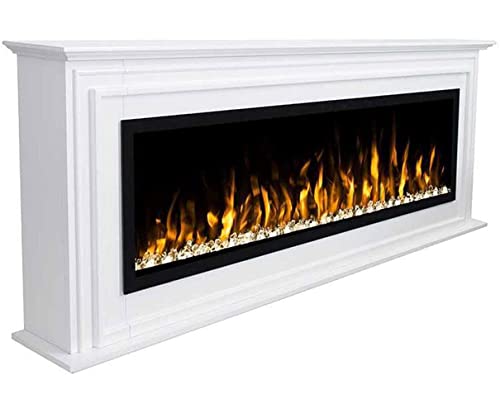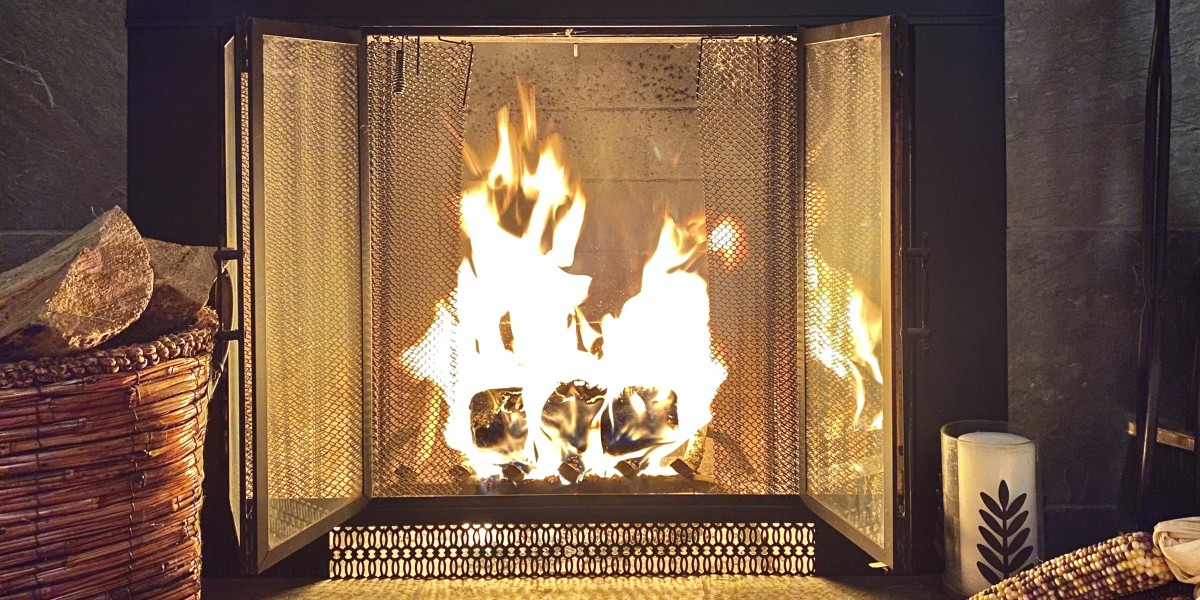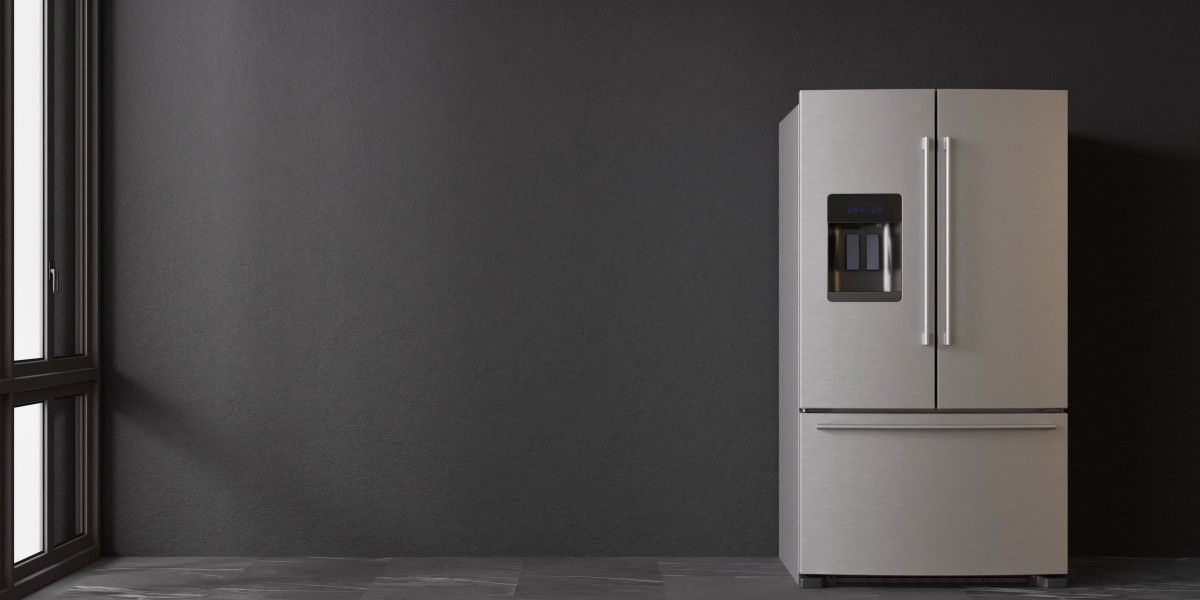 Wooden Fireplaces are an integral part of many homes, providing warmth and comfort all day and at night. They also add beauty and value to the house.
Wooden Fireplaces are an integral part of many homes, providing warmth and comfort all day and at night. They also add beauty and value to the house.Homeowners can complete some of these projects, whether your fireplace requires an overhaul or just a few easy repairs. Certain jobs that require gas service must be left to professionals.
The Hearth
The hearth is a non-combustible surface that surrounds the fireplace or wood-burning stove. It could be a complete raised area or simply the foundation upon which the fireplace is set. The word "hearth" is commonly used to describe the whole area of the fireplace, which includes the firebox, raised floor and mantel as well as the chimney. However, it is important to note that there are very specific fire safety guidelines regarding how the fireplace and its accessories must be constructed, so check with your local governing body for more information.
Hearths are usually constructed of brick, stone or cement and can be a focal point of any room. They are designed to form a barrier between the fireplace and the flooring and protect against accidental fires triggered by stray embers or logs. They also offer space for storing fireplace tools, wood and other supplies.
Archaeological studies have shown that hearths were important to early human life. It is widely believed that they supplied food, protection, light and warmth.
Although a hearth can provide numerous benefits, it could also trigger serious health issues if not properly maintained. Smoke inhalation can increase nitrogen levels in blood, which prevents red blood cells (methemoglobinemia) from transporting oxygen into tissues. At high concentrations, it can cause nausea, dizziness and loss of consciousness.
Hearths were originally constructed from rock however, they are now commonly made from concrete or brick. They can come in many shapes and sizes. Some cooking fireplaces come with hearths that are able to cover the entire wall, while others are smaller and solely decorative elements that only cover the fireplace's opening. The material used to build a fireplace can greatly influence its appearance, cost and heat resistance.
The Surround
A fireplace surround (also called a mantel) is the frame that is situated above the hearth and enhances the atmosphere of a room. It's not just aesthetically pleasing, but also functional since it shields combustibles from the fire and also deflects heat back to the room. It can also be used as a shelf to display household items, such as mirrors or paintings.
Depending on the kind of fireplace, there are various materials that can be used for the surround. Certain surrounds are not combustible, while others must meet the fire codes of the local and federal government regarding clearance distances from combustible items.
The most popular options for the surround include concrete, brick and stone. Certain stone surrounds feature decorative features like bevels and bolection moulding. They may also have plinths or cornices. These details can give a house a more refined appearance that is in harmony with the style.
Another option is plaster. This material is made from a mix of sand, cement and water. It can be crafted to match any style of architecture. A plaster surround, for example, can complement the look of a Mission style home.
Tile is the last choice for a surround. This material is available in a wide variety of colors and patterns. It can be used to enhance the surrounding area or be extended over the entire wall to create an impressive focal. It is also a good option for homes that have modern or contemporary styles.
The surround is among the first things guests notice when they enter a living space. It is for this reason that it is important to choose a piece that will set the tone of your space and enhance your home's value.
The Firebox
The firebox is the area behind the fireplace opening, where a fire may be constructed and maintained. It is usually surrounded by some kind of chimney to allow the smoke to escape through. The majority of these traditional structures burn wood, but some can also burn gas like natural gas or propane.
Whatever fuel you are using, the firebox is where the combustion takes place and needs to be properly maintained for safety and efficiency. The hearth's grate along with a fire poker as well as an air damper are the most important components of the firebox to ensure efficient operation.
In addition to maintaining the firebox and its lining in good shape, it's important to clean your fireplace frequently. The inside of the fireplace will be soiled by dust and soot due to its continuous exposure to high temperatures. To clean it, make use of a wire brush or scraper to remove the caked on soot and ash.
It's also a great idea to use steel slag or stainless steel to line the inside of the firebox for longevity and durability. These kinds of metals resist corrosion and will not be rusty. They also offer more even heat distribution and last longer.
Finally you can add a bit of visual appeal to your fireplace by adding decorative fire logs or lava rocks. Some people prefer modern decorative glass instead. Make sure the fireplace you use is UL approved. This includes not only the fireplace itself but also the accessories and decorations you're adding to it.
The Burner
Burners are a popular method to add warmth and beauty to any room. They are available in a variety of sizes and shapes which makes it easy to locate the ideal burner for your home. Some come with remotes so you can control the flames from any location in the home. Fire-burners can be used indoors as well as outdoors, as they are safe.
There are many types of burners. Each one has its own advantages and drawbacks. Some are more expensive, however they all offer a range of benefits. Certain types of burners are safer than others ones, and some operate with chimneys or without. Regardless of which type of burner you select be sure to follow the instructions in the manual for the product. This will ensure that the burner is properly installed and in conformity with all state and local regulations.
Burning wood is a traditional method of enjoying your fireplace, however it's not always the most practical. The smoke and soot produced from burning wood can be dangerous to your family and you. Ethanol fire-burners are, however, produce only CO2 and water vapor - which is much more eco-friendly.
Another benefit of having a fireplace is that it could be helpful in the event of an outage. In winter, trees can get weighed down by heavy snow and ice, which causes them to fall and power lines to drop below. If the power in your house goes out and you need to find the fireplace to stay warm and cook food. This is an important benefit for those who want to be prepared for the unexpected.
The Flu
The flue is an inside tunnel of a chimney that brings smoke and gases from your fireplace away from your house. It is also an essential element to ensure a safe and efficient fire. A flue creates a wind which draws air into the fire. This allows the fuel to burn completely and reduces smoke.
The drafting of the flue keeps the hot gases produced by the fire from leaking back into your home, instead, they go out to the outside where they can cool. This controlled venting prevents carbon monoxide.
Regularly inspect your chimney for any leaks or blockages. The flue pipe is a steel tube or duct that runs through the middle of the chimney, must be cleaned using special cleaning chemicals and equipment. This includes a brush made of metal and a drill with a masonry bit as well as masking tape and an utility knife for removing any creosote or soot that has accumulated on the walls of the flue pipe.
Shut off the flue when not using your fireplace in order to prevent the conditioned air from escape. It also helps prevent rain or wind gusts from getting into the chimney and damaging your fireplace wood stove or gas furnace.
The damper can be shut and opened with a latch or handle. It is located on the uppermost part of your fireplace close to the flue pipe or tile. It is designed to keep the flue open while a fire is burning, but it should be shut when not in use to reduce your energy costs and keep precipitation and animals out of your fireplace.







